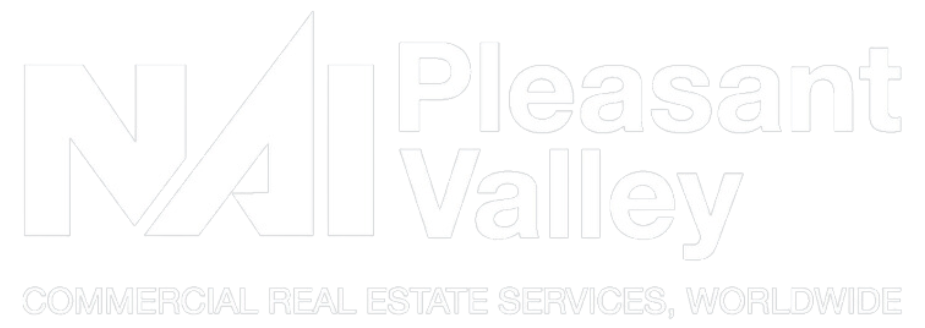Will property upgrades yield higher rental rates? Part 2
 Last month, we began a discussion regarding an analysis to compare a challenging decision that often faces a real estate investor – maintain the property as-is or upgrade the property with the expectations of achieving a higher rent.
Last month, we began a discussion regarding an analysis to compare a challenging decision that often faces a real estate investor – maintain the property as-is or upgrade the property with the expectations of achieving a higher rent.
If you missed last month’s column (and shame on you if you did), we set up the following scenario: an investor owns a single-tenant office building and the tenant’s lease is expiring. The tenant is interested in renewing their lease. But the building is located in a growing and attractive area, so the investor thinks a higher rental rate can be achieved if the building were to be upgraded and con-verted to a multi-tenant property. Last month’s column went on to detail the economics associated with each scenario and distilled the annual cash flows into T-bars, a tool that illustrates performance over a time horizon, for each.
The performances of the “as-is” scenario and the “renovate” scenario are illustrated in Figure 1. But before we discuss the actual analysis, a few items need to be highlighted regarding each scenario. First, both scenarios assume that the property is owned free and clear at the beginning of the analysis and the investor plans to re-finance in either instance, based on the anticipated stabilized income. For the “as-is” scenario, the refinancing proceeds are realized as pure income while for the “renovate” scenario, part of the refinancing proceeds will fund the necessary upgrades. Second, the “as-is” scenario will result in positive cash flow in year one, as any improvements associated with the tenant renewing will be borne by the tenant. But the “renovate” scenario will take 24 months to reach a stabilized occupancy as a result of the conversion to a multi-tenant build-ing. And third, the holding period for both scenarios is assumed to be 10 years. The cash flows illustrated in that final year for each scenario consolidate the year 10 income plus the anticipated sale proceeds (which are based on year 11 NOI) less the loan payoff. Again, all of the background information associated with each scenario was detailed in last month’s column and the first two T-bars in Figure 1 reflect the resultant cash flows on an annual basis.
There are two primary ways to analyze this type of decision – the easy but limited way and the hard but complete way. Let’s tackle the easy way first. Click here to download the full article.
